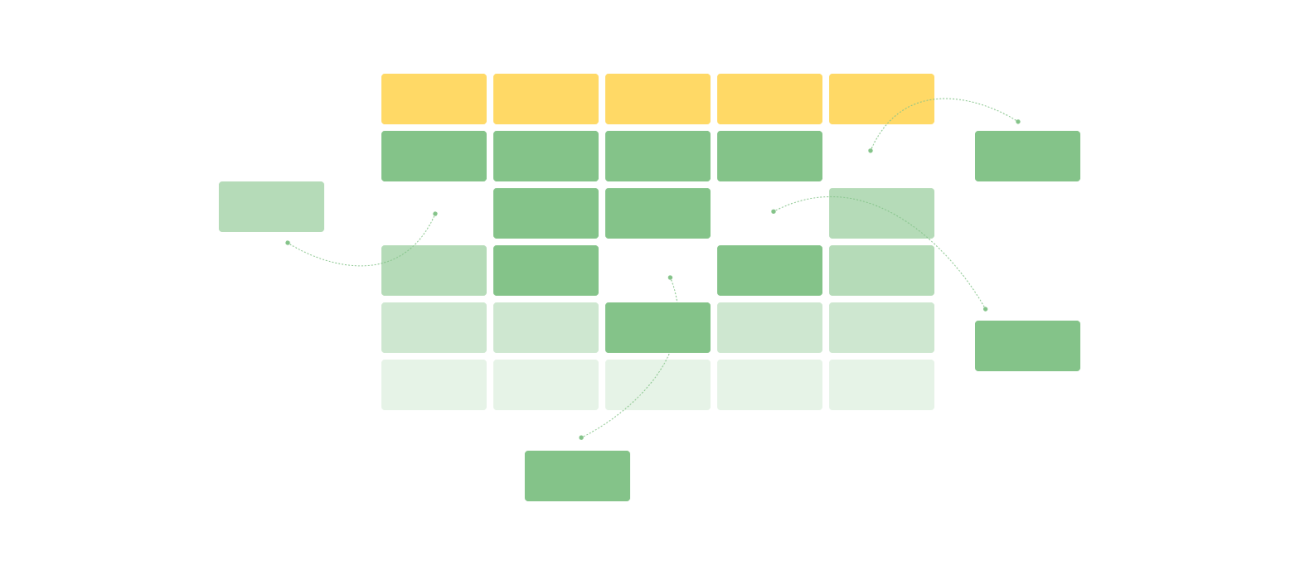What is First-party Data?
First-party data refers to the information that organisations collect directly from their customers. This includes data from website interactions, mobile apps, customer feedback, and more. It's the kind of data that brands have earned the right to use because it's provided voluntarily by users. As privacy concerns grow and third-party data becomes less accessible, first-party data is taking center stage.
How can brands leverage first-party data to enhance consumer experiences, and why should UX designers be excited about this shift?
Personalisation at Scale:
First-party data allows brands to personalise user experiences like never before. By understanding individual preferences and behaviors, brands can tailor their websites and apps to deliver content, recommendations, and offers that are highly relevant to each customer. This means there is the opportunity to create interfaces that feel intuitive and anticipate user needs, resulting in a more engaging and enjoyable experience.
Improved Content Relevance:
Content is king in the digital world, and first-party data empowers brands to create content that resonates with their audience. By analysing user interactions and feedback, companies can craft content that addresses users' pain points and interests, ensuring that every piece of information presented is valuable and useful.
Trust and Transparency:
Consumers are becoming increasingly concerned about how their data is collected and used. By focusing on first-party data, brands can build trust with their audience. It can play a crucial role in this by designing transparent data collection processes and user-friendly privacy settings. When users feel that their data is being handled responsibly, they are more likely to engage with a brand's digital offerings.
Enhanced Customer Feedback Loops:
First-party data includes valuable feedback from users. This feedback can be used to continually refine and improve products and services. UX designers should work closely with data analysts and product teams to leverage this feedback effectively. It can inform design decisions, highlight pain points, and lead to iterative improvements that result in a more satisfying user experience.
Long-Term Customer Relationships:
When brands utilise first-party data to create personalised and valuable experiences, they can foster long-term customer relationships. Positive interactions with a brand will make customers enthusiastic advocates as they share their experiences with friends, family, and social networks. UX designers can contribute to this by designing interfaces that encourage user engagement, loyalty, and repeat visits.
In conclusion, UX designers should embrace the shift towards first-party data not as industry trend but a significant opportunity to create better user experiences. By leveraging the insights derived from first-party data, it can design interfaces that are more personalised, relevant, and trustworthy. Ultimately, this data-driven approach benefits both brands and consumers, leading to more satisfying, meaningful, and memorable digital interactions.



